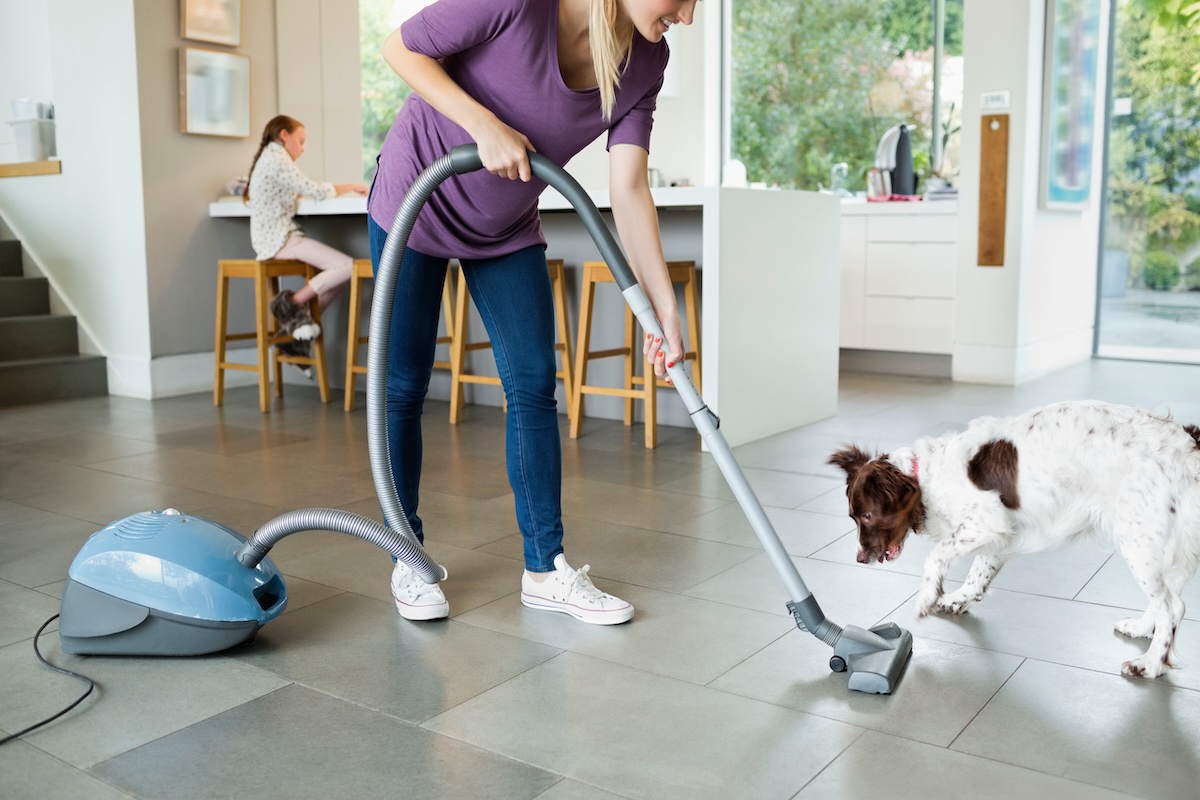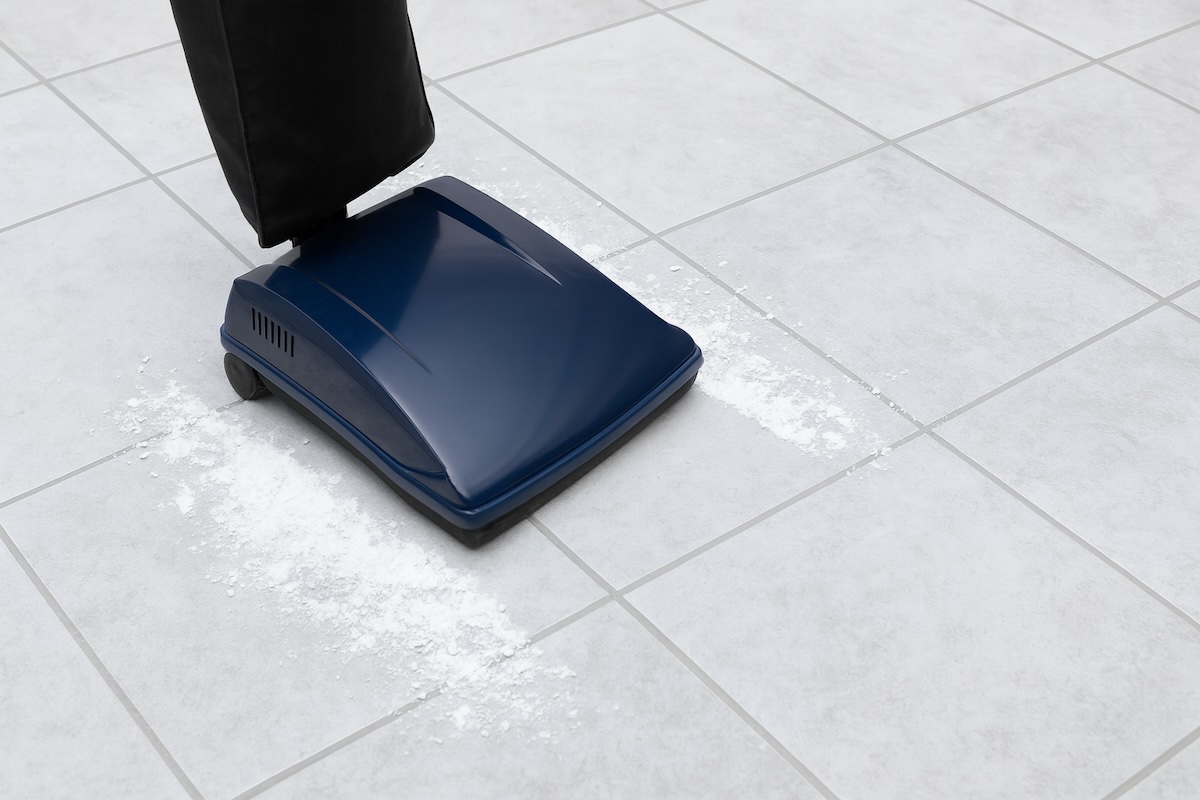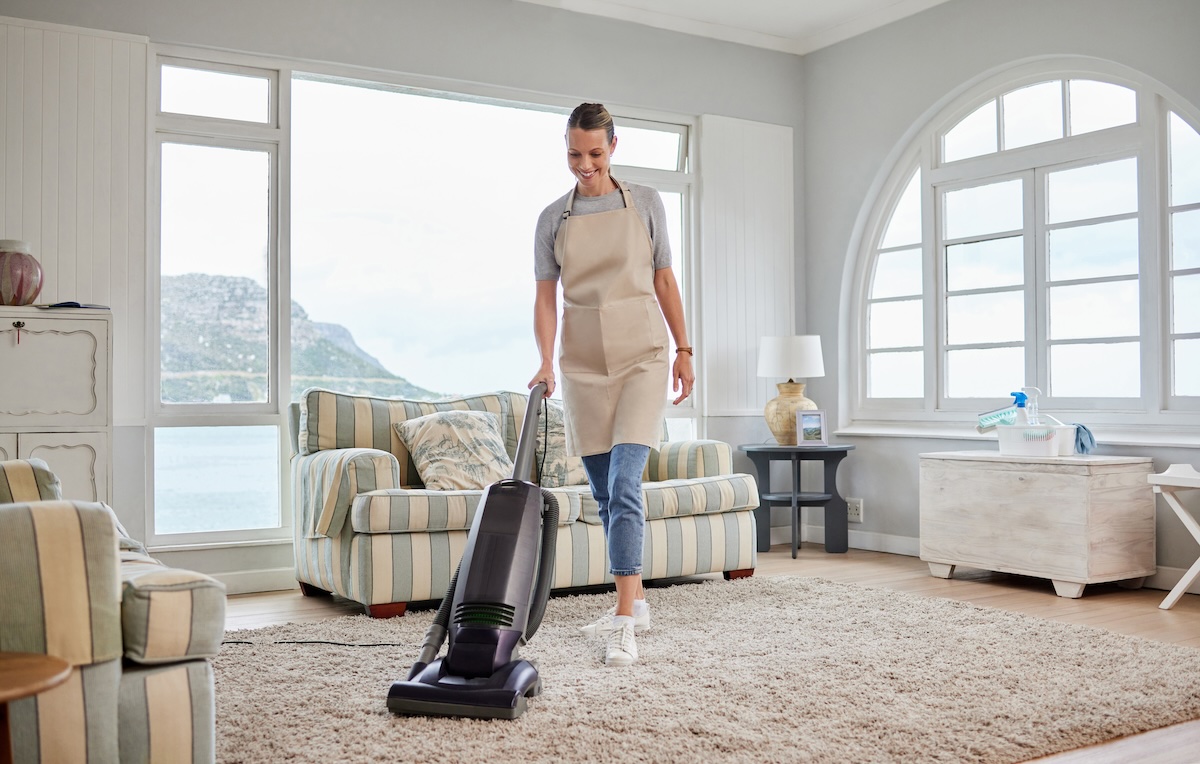Bagged vacuums aren’t flashy. They typically don’t promise things like cyclonic airflow, Wi-Fi pairing, or a clear dustbin you’ll never remember to empty. But when it comes to raw filtration power, clean disposal, and long-term reliability, they still dominate in categories most people forget to ask about—until they’re stuck dealing with clogs, sneezes, or a filter that smells like wet carpet.
Bagged vacuums tend to attract a specific type of buyer: someone who cares more about results than features. They’re not chasing the latest gadget—they want something that picks up what it’s supposed to, keeps the dust where it belongs, and doesn’t need to be babied to stay working.
It’s a different mindset from the average impulse vacuum purchase, and for a lot of people, that shift toward practicality pays off in a cleaner, lower-maintenance home.
Pro tip: Before you buy a new vacuum cleaner, check how easy it is to find replacement vacuum cleaner bags for the specific model you’re eyeing. Some higher-end models use proprietary bags that might not be stocked locally, while others take widely available third-party options you can find online or in stores. Availability is important—because if you’re vacuuming regularly, it’s nice to know you can easily restock without a hassle. In either case, it’s never a bad idea to keep an extra pack of them on hand.
In today’s guide, we’re going to take a look at when bagged vacuum cleaners are worth it, who benefits most from using one, and why some of the highest-performing vacuums still come with disposable bags. You’ll also get answers to the most common questions people ask when comparing bagged vs. bagless: suction, cost, upkeep, pet hair, and more.
Table of Contents
ToggleWhat Makes Bagged Vacuum Cleaners Different?
Bagged vacuums store dust, dirt, and allergens in a disposable, sealed bag. When it’s full, you take out the bag and toss it—hands mostly clean. Bagless vacuums use a reusable dustbin that you empty and clean after each use.
If you’ve only ever used a bagless vacuum, switching might seem like going backward. But tlenty of longtime vacuum cleaner repair techs, indoor air specialists, and even professional cleaners still prefer bagged models—not out of nostalgia, but because they work. These are the vacuums that tend to last longer, clog less often, and leave fewer allergens floating around after you’re done. If you’ve ever wondered why commercial cleaning crews or allergists recommend them, there’s usually a practical reason behind it.
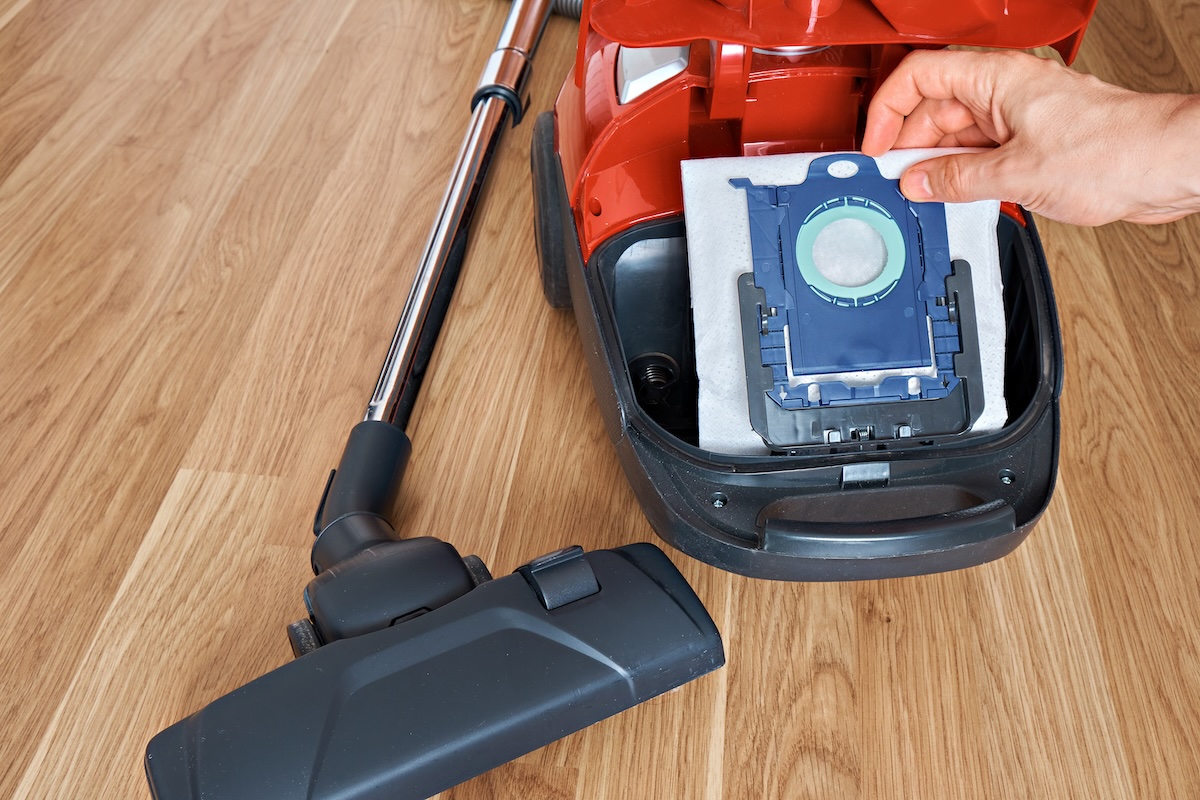
In homes with pets, allergies, or a serious dirt problem, bagged vacuums often clean better, stay stronger longer, and make less mess when it counts.
Main Pros of Bagged Vacuums
- Better for allergy control: The bags are often self-sealing and trap fine dust and dander without letting it puff back out.
- Less mess when emptying: You’re not shaking a bin into the trash and kicking up a dust cloud.
- Built-in filtration: Many bags double as filters, catching small particles without relying solely on a HEPA filter.
Main Cons
- You’ll need to buy replacement bags.
- You might not know the bag is full unless your model has an indicator.
- Less convenient for frequent emptying if you’re vacuuming daily in high-traffic areas.
What Are the Most Powerful Vacuum Cleaners With Bags?
The most powerful bagged vacuums tend to come from brands known for durability and deep-cleaning suction. A few names consistently top performance reviews:
- Miele Complete C3: German-engineered, built for high suction, with HEPA filtration and multiple floorhead options. Excellent for both carpets and hardwood.
- SEBO Airbelt D4: Trusted by cleaning professionals, this vacuum offers commercial-grade suction and is built to last over a decade with proper care.
- Kenmore Elite 600 Series: A popular choice in North America, especially for larger homes. It handles pet hair, deep carpet fibers, and wood floors with ease.
- Riccar Tandem Air models: Known for tandem motor systems that combine direct air and bypass motors for strong, consistent suction.
Are Bagged Vacuums Better for Pet Hair?
Yes, bagged vacuum cleaners are often better for pet hair—especially in homes where allergies, asthma, or frequent shedding are a concern. The sealed bag system traps pet hair, dander, and fine dust more effectively than most bagless models, and disposal is typically cleaner and more hygienic.
Key reasons bagged vacuums outperform for pet hair
- Sealed containment: Pet hair and allergens stay inside the bag, reducing the risk of dust clouds or re-exposure when emptying.
- Less maintenance hassle: Hair is collected directly into a disposable bag, so there’s no need to dig tangled fur out of a dustbin or rinse messy filters.
- Better filtration: Many bagged models use HEPA or multi-layer bags that capture fine particles—ideal for pet dander and allergens.
- Consistent airflow: Quality bagged vacuums maintain suction as the bag fills, even with thick clumps of pet hair.
For pet owners with sensitivities or multiple shedding animals, bagged vacuums can offer a cleaner, more manageable experience overall. Look for models designed specifically for pet households, with features like tangle-free brush rolls and high-filtration bags.
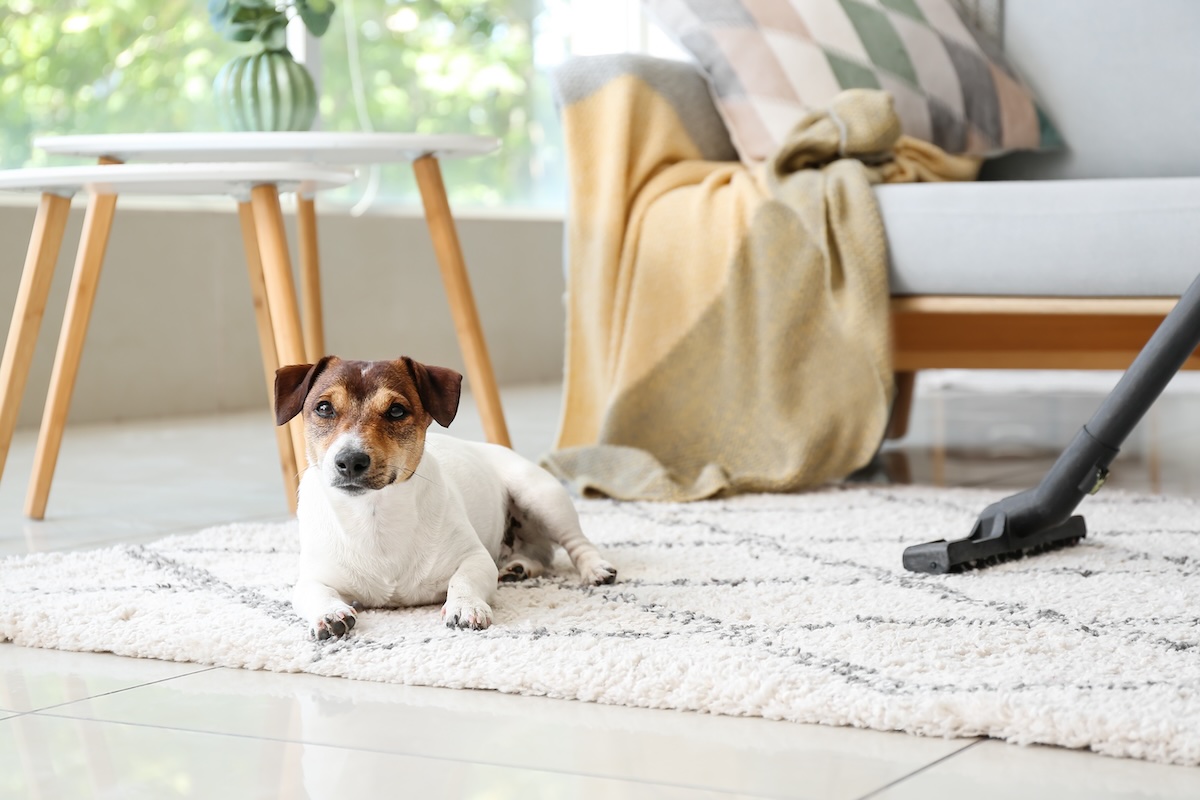
Do You Have to Buy Replacement Bags for Bagged Vacuums?
Yes, bagged vacuums require replacement bags as part of regular upkeep. These bags are designed to be disposable and must be replaced when full to maintain suction and protect the motor.
What to know about replacement bags
- Cost range: Most vacuum bags are very affordable, depending on the brand, model, and filtration type (standard paper vs. HEPA cloth).
- How often they’re replaced: Light use in small homes may only require a new bag every 2–3 months. In larger homes or those with pets, you may go through bags every few weeks.
- Capacity varies by model: Some high-end vacuums feature extra-large bags that hold more debris, reducing how often you need to change them.
- Third-party and bulk options: Many vacuum bags are available in multipacks or generic alternatives—but always check compatibility. Using the wrong bag can reduce performance or void your warranty.
- No bag reuse: Unlike filters or dustbins in bagless vacuums, these bags are not reusable. They are meant to be thrown away once full.
Tip: You can often buy vacuum cleaner replacement bags in bulk or find compatible third-party options—but always check your model’s requirements to avoid damaging the motor or filtration system.
Do Bagged Vacuums Need Filters?
Yes, but they usually rely less on the main filter than bagless vacuums. The bag itself acts as a multi-layer filter in many designs, trapping dust, pollen, and allergens before they reach the motor.

Still, most bagged vacuums include:
- A pre-motor filter: Protects the motor from any fine particles that escape the bag.
- An exhaust or post-motor filter: Often HEPA-certified to catch microscopic allergens before air is released back into the room.
You’ll typically replace these filters far less often than you would clean or replace filters in a bagless vacuum.
Do Bagged Vacuums Lose Suction?
Less than you’d think—especially on high-end models. A quality bagged vacuum maintains suction until the bag is nearly full, thanks to well-designed airflow systems and high-efficiency bags.
However:
- Cheap or generic bags can clog prematurely and reduce airflow.
- Ignoring bag replacement too long will eventually reduce suction.
- Overfilling the bag can cause dust blowback or strain the motor.
Look for models with full-bag indicators to avoid guessing.
Are Bagged Vacuums “Worth It”?
For many households—especially those with allergies, asthma, or pets—yes. The added cost of replacement bags is often worth the cleaner air, longer vacuum lifespan, and lower mess factor.
Here’s when they’re especially worth it:
- You vacuum less frequently but want a deeper clean each time.
- You’re sensitive to dust and dander.
- You prefer low-maintenance, sealed systems that don’t require constant filter rinsing.
But if you want something ultra-lightweight, bagless stick vacuums tend to be more nimble. It really comes down to your cleaning habits and tolerance for ongoing maintenance.
TL;DR: Are Bagged Vacuums Better?
| Criteria | Bagged Vacuums | Bagless Vacuums |
| Dust control | Excellent | Moderate to poor |
| Allergies/asthma-friendly | Yes | Not ideal unless high-end HEPA |
| Ongoing cost | Must buy bags | Filters need rinsing/replacing |
| Emptying mess | Minimal | Can be dusty |
| Suction consistency | High with quality bags | May drop with bin buildup |
| Maintenance frequency | Low (swap bag, occasional filter) | High (wash filters, clean bin often) |
Are Bagged Vacuums Right for Your Home?
Bagged vacuums aren’t for everyone, but for the right home, they’re a smart, low-maintenance workhorse. If you’d rather skip filter rinsing, keep allergens out of the air, and get reliable suction every time you clean, a bagged model might be exactly what you didn’t know you were looking for.
If low-dust, no-fuss vacuuming is the goal, bagged models are hard to beat. No Wi-Fi needed. Just clean floors.

